Science has shaped the world, but not every experiment stayed on the right side of history. This article explores actual human experiments that crossed every line—morally, ethically, and sometimes legally. It’s a strange, unsettling tour through bizarre studies that happened and still affect us today.
The Little Albert Experiment
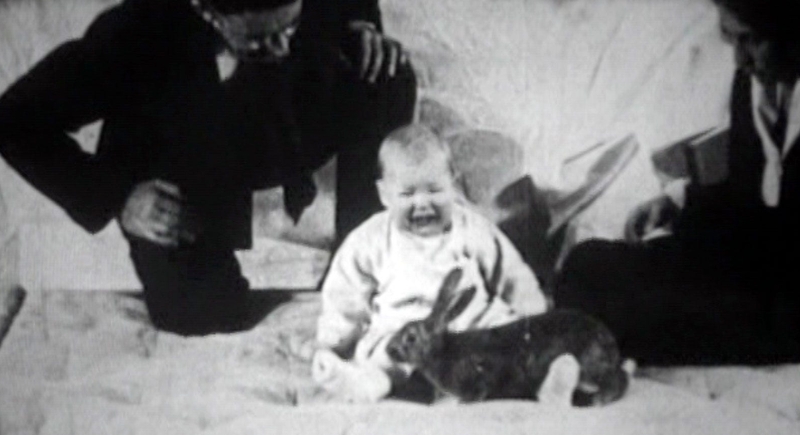
Behaviorist John B. Watson once wanted to prove fear could be conditioned. So, he introduced baby Albert to a white rat—then slammed a metal bar behind his head. The poor kid quickly associated furry animals with terror. The study made headlines, but the ethics were nonexistent.
The Stanford Prison Experiment
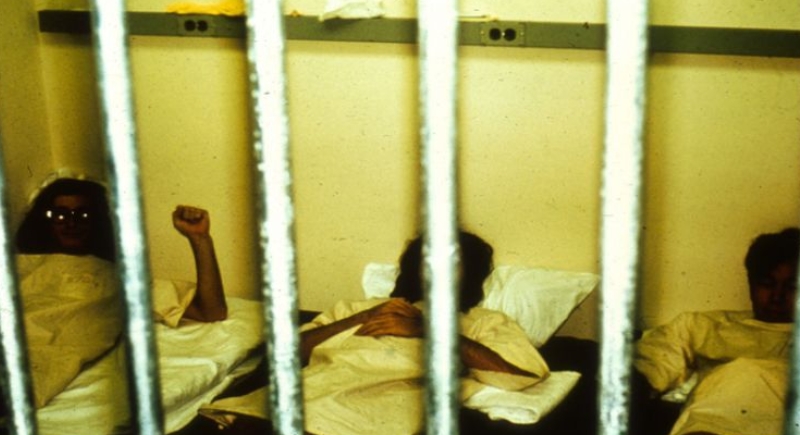
Psychologist Philip Zimbardo flipped the basement of Stanford’s psych building into a fake prison and gave students the role of guards or inmates. Within days, the “guards” got disturbingly cruel. The “prisoners” were stressed, broken, and begging to quit. The study was supposed to run for two weeks but ended after only six days.
The Tuskegee Syphilis Study

Over 600 African American men were enrolled in this U.S. Public Health Service study, lured by free healthcare and meals. But 399 had syphilis—and doctors had no intention of treating it. Even after penicillin became the standard cure, researchers chose to watch the disease ravage lives instead.
The Milgram Obedience Experiment
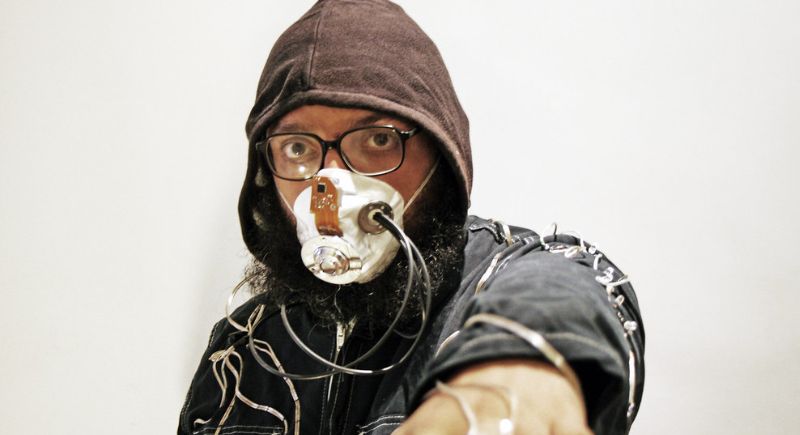
Stanley Milgram wanted to understand how far people would go under authority. Volunteers thought they were giving strangers electric shocks for wrong answers. With each mistake, the voltage “increased.” The screams were fake, but the stress was real—participants sweat, trembled, and even laughed nervously.
The Monster Study
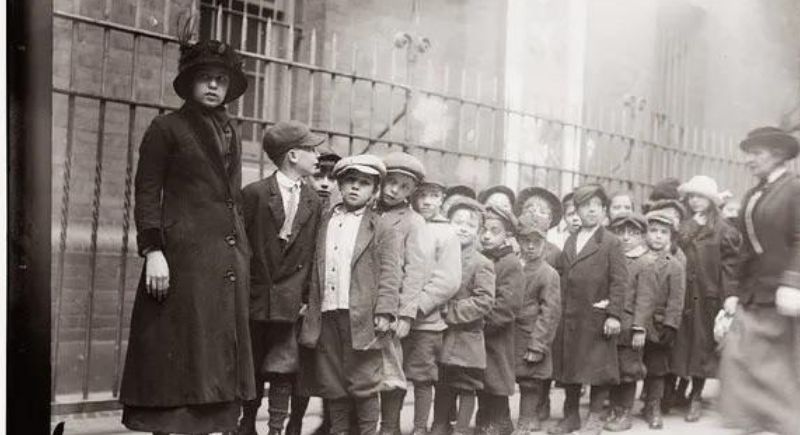
In 1939, researchers tried to trigger stuttering in orphans—yes, really. Half the kids received praise for clear speech; the others were berated, interrupted, and told they had speech problems. The goal was to test if negative reinforcement could create a stutter. It didn’t work as planned, but the damage was done.
The Aversion Project

Under apartheid South Africa, military doctors used aversion therapy on conscripts suspected of being gay. The treatments included electric shocks, chemical castration, and forced surgeries—all under the guise of “curing” identity. Up to 900 conscripts went through it. Many were teenagers who were unaware that they were part of any study.
The Holmesburg Prison Experiments

Philadelphia’s Holmesburg Prison became a human lab in the 1950s and 60s. Dermatologist Albert Kligman tested everything from deodorants to radioactive substances on inmates—offering them a few bucks and no real explanation. They were exposed to harsh chemicals and mind-altering drugs. It wasn’t illegal at the time, but it was wildly unethical.
The Cincinnati Radiation Experiments

Dr. Eugene Saenger led these Cold War-era experiments by exposing cancer patients—most of them poor and Black—to massive doses of whole-body radiation. The purpose was to study radiation’s effects on the body, especially during warfare. These weren’t low doses either—some were high enough to cause immediate vomiting and organ damage.
The Vanderbilt Nutrition Studies

In the 1940s, more than 800 pregnant women at Vanderbilt University received vitamin drinks laced with radioactive iron. They were told it was a nutritional supplement, but it wasn’t. Researchers wanted to see how iron moved through the body and placenta. Some of those unborn children went on to develop cancers and health issues later in life.
A Russian Scientist Once Tried to Create a “Humanzee”
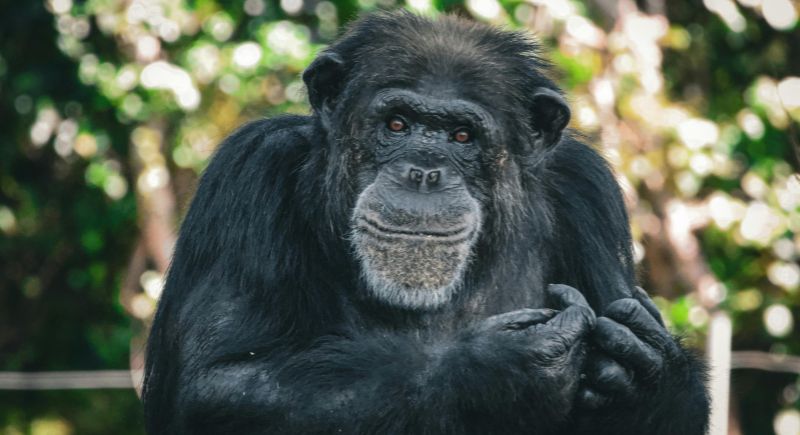
In the 1920s, Soviet biologist Ilya Ivanov set out to crossbreed humans and chimpanzees. He inseminated female chimps with human sperm. When that failed, he planned to inseminate women with chimp sperm, but political backlash and a lack of volunteers shut it down.